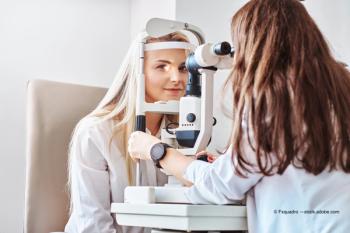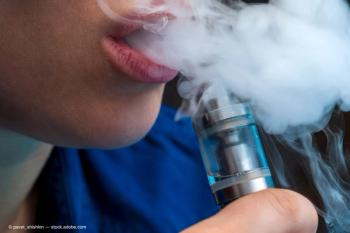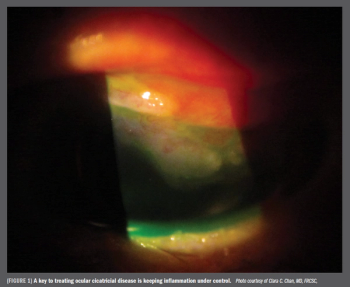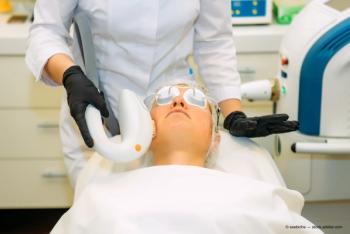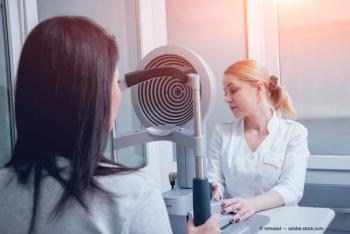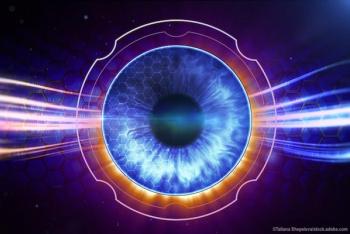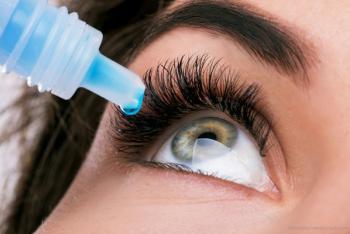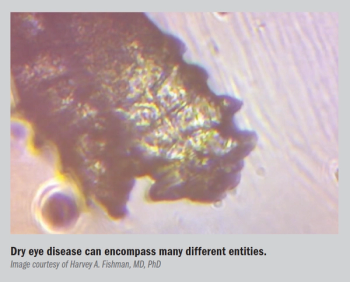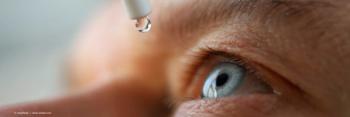
Drops can simplify dosing, improving adherence and ocular surface health

Drops can simplify dosing, improving adherence and ocular surface health
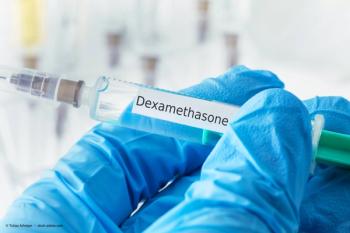
Once-daily corticosteroid treats pain, inflammation after surgery.
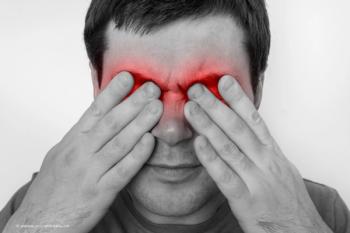
Ocular symptoms in COVID-19 patients may be more common than previously thought — with sore eyes a significant sign of disease.

Cynthia Matossian, MD, FACS, ABES, continues her discussion on MGD treatment by explaining why it's important for patients to understand that MGD and dry eye are lifelong, chronic conditions requiring regular maintenance and monitoring.
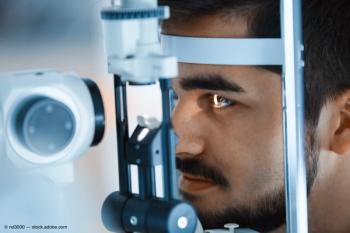
Cynthia Matossian, MD, FACS, ABES, discusses the big disconnect between signs and symptoms of ocular surface disease, including meibomian gland dysfunction, and why a clear process for educating patients and initiating treatment is essential.
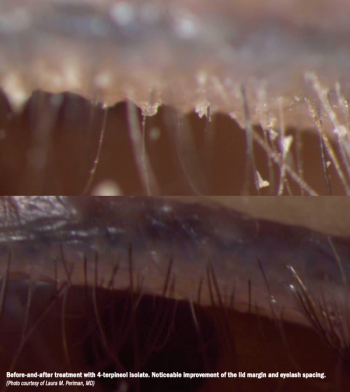
New options open possibilities for treatment, resulting in better outcomes for patients.

Improvements gained prior to surgery can result in positive outcomes.
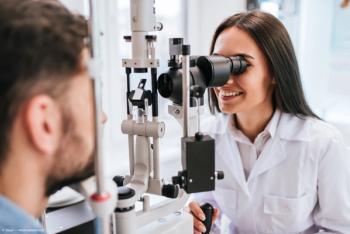
Cynthia Matossian, MD, FACS, advises on how ophthalmologists can start performing a better diagnosis of ocular surface disease in three simple steps.

One ophthalmologist offers insight on how to help patients treat their dry eye symptoms when working from home amid the pandemic.
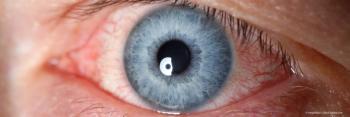
Researchers note that more study of conjunctivitis is needed in patients with COVID-19

This action will result in 2 separate companies,
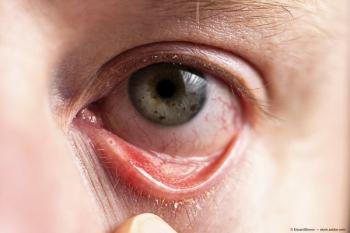
First new therapy in nearly a decade offers another option for physicians, patients
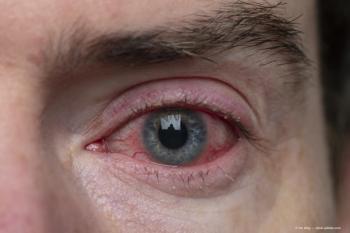
A team of researchers at the University of Alberta believe a case of pink eye is now a reason to be tested for COVID-19.
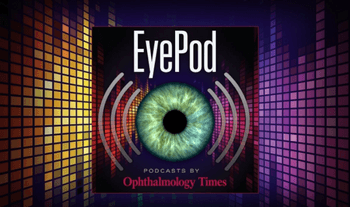
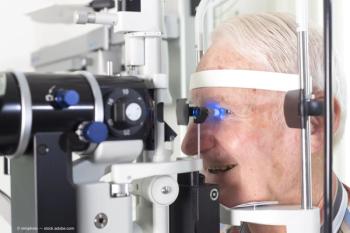
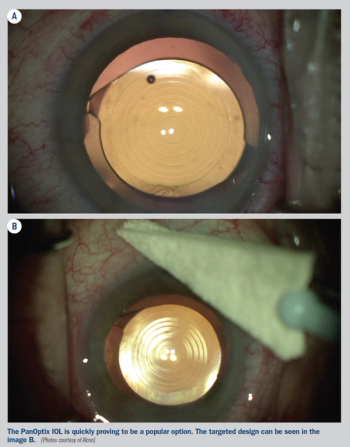

The use of a thermal lid pulsation device can prove to be an important component of routine practice for the treatment of the signs and symptoms of meibomian gland dysfunction.
